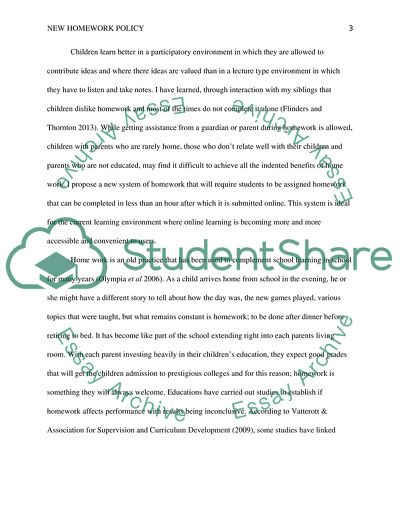Cite this document
(Making Homework more Interactive and Exciting Research Proposal Example | Topics and Well Written Essays - 3750 words, n.d.)
Making Homework more Interactive and Exciting Research Proposal Example | Topics and Well Written Essays - 3750 words. https://studentshare.org/education/1840394-curriculum-topic-proposal
Making Homework more Interactive and Exciting Research Proposal Example | Topics and Well Written Essays - 3750 words. https://studentshare.org/education/1840394-curriculum-topic-proposal
(Making Homework More Interactive and Exciting Research Proposal Example | Topics and Well Written Essays - 3750 Words)
Making Homework More Interactive and Exciting Research Proposal Example | Topics and Well Written Essays - 3750 Words. https://studentshare.org/education/1840394-curriculum-topic-proposal.
Making Homework More Interactive and Exciting Research Proposal Example | Topics and Well Written Essays - 3750 Words. https://studentshare.org/education/1840394-curriculum-topic-proposal.
“Making Homework More Interactive and Exciting Research Proposal Example | Topics and Well Written Essays - 3750 Words”. https://studentshare.org/education/1840394-curriculum-topic-proposal.


